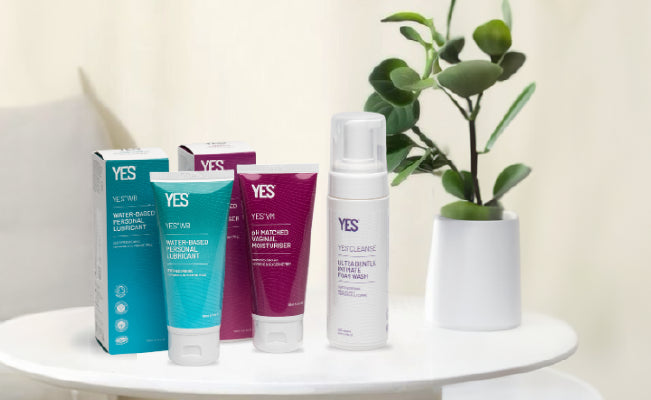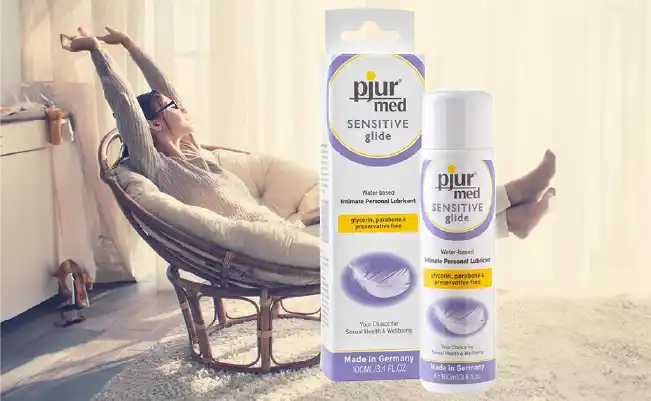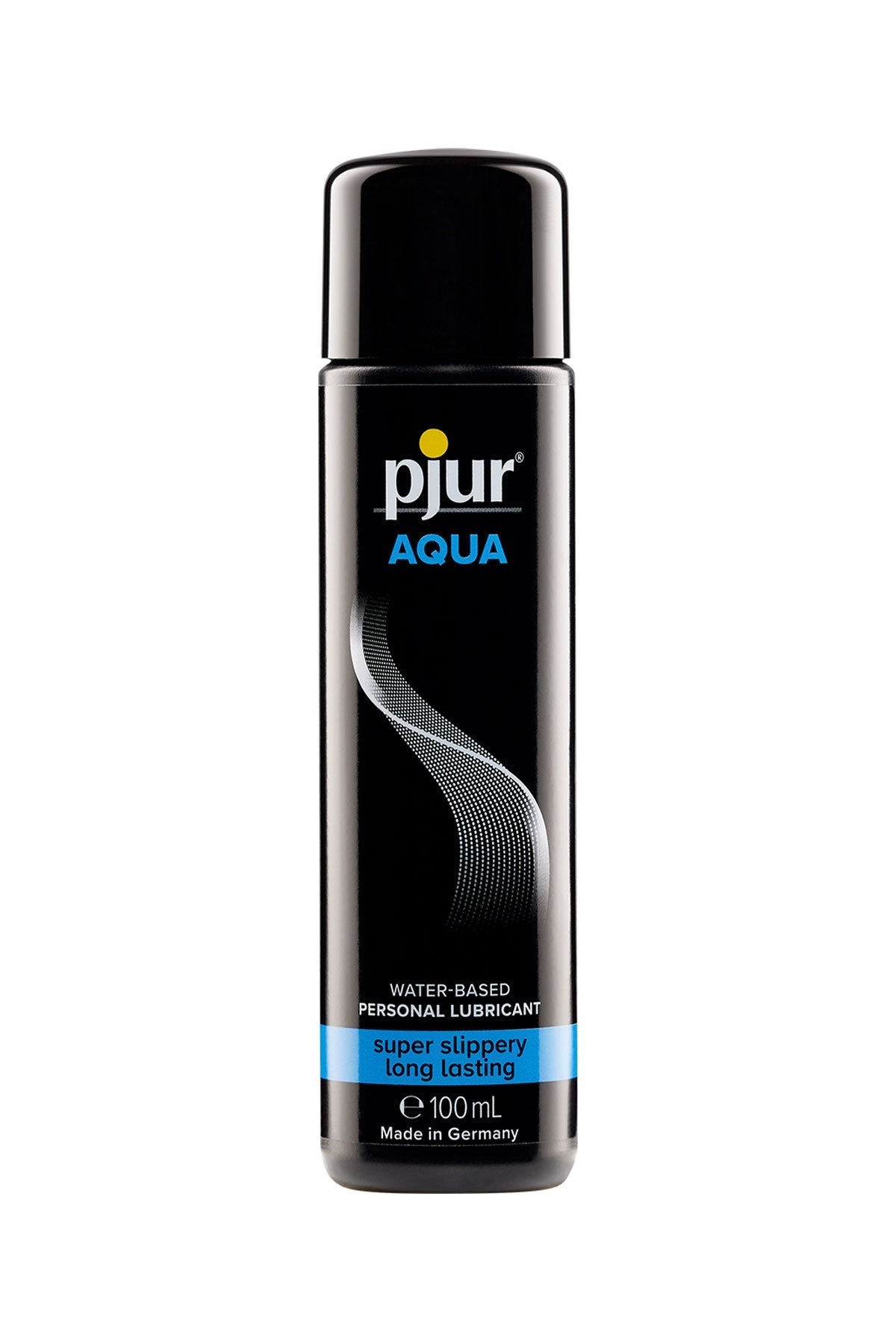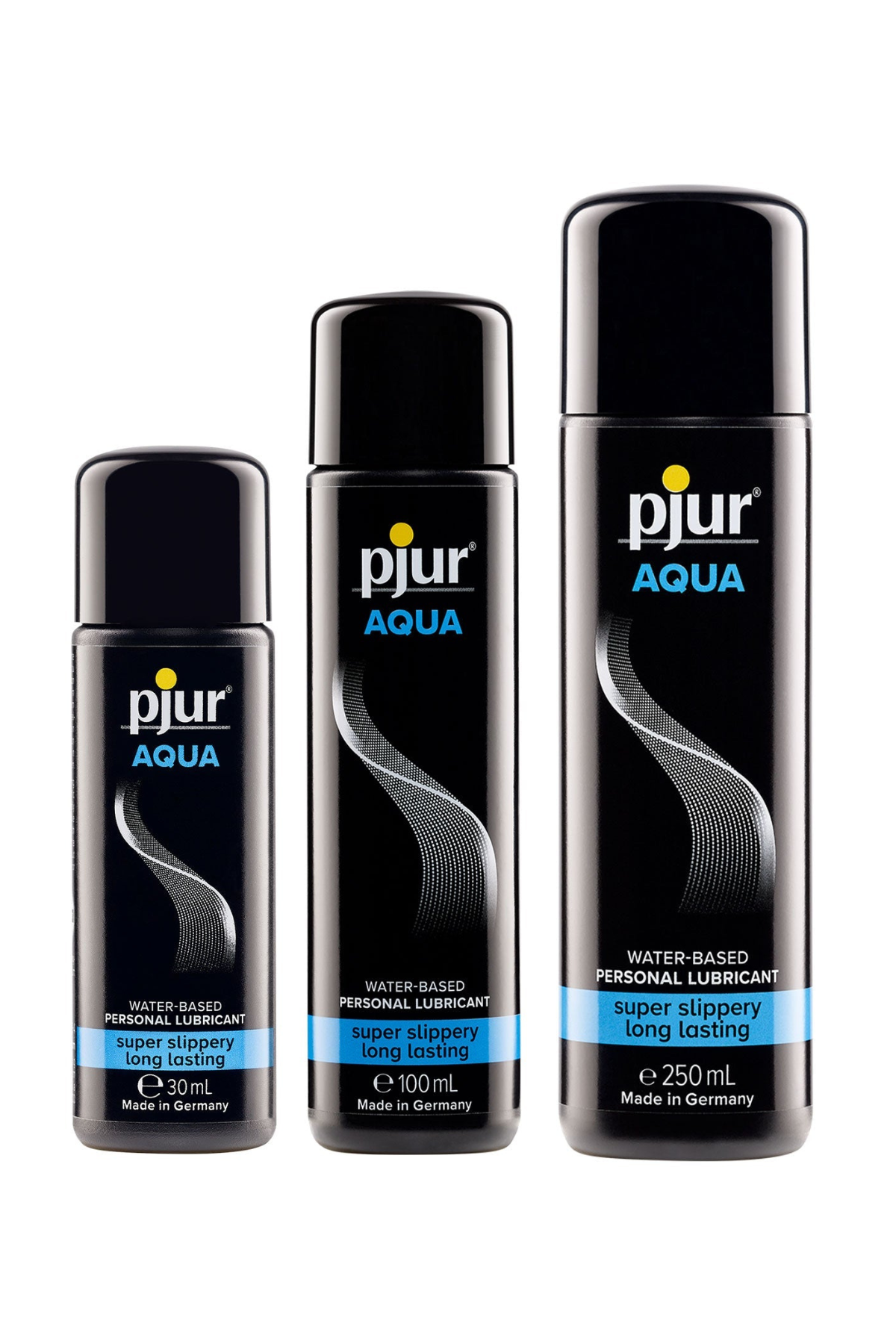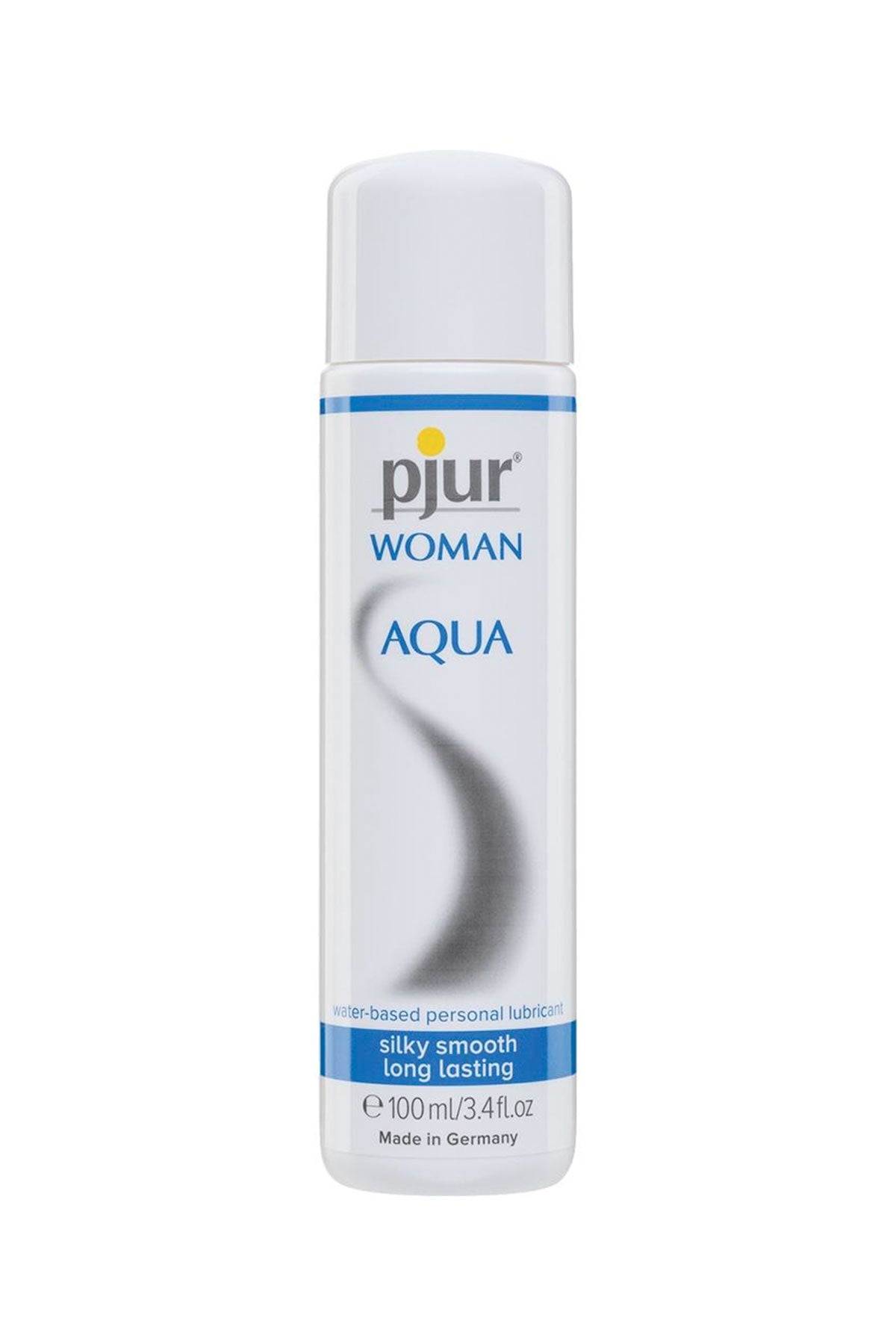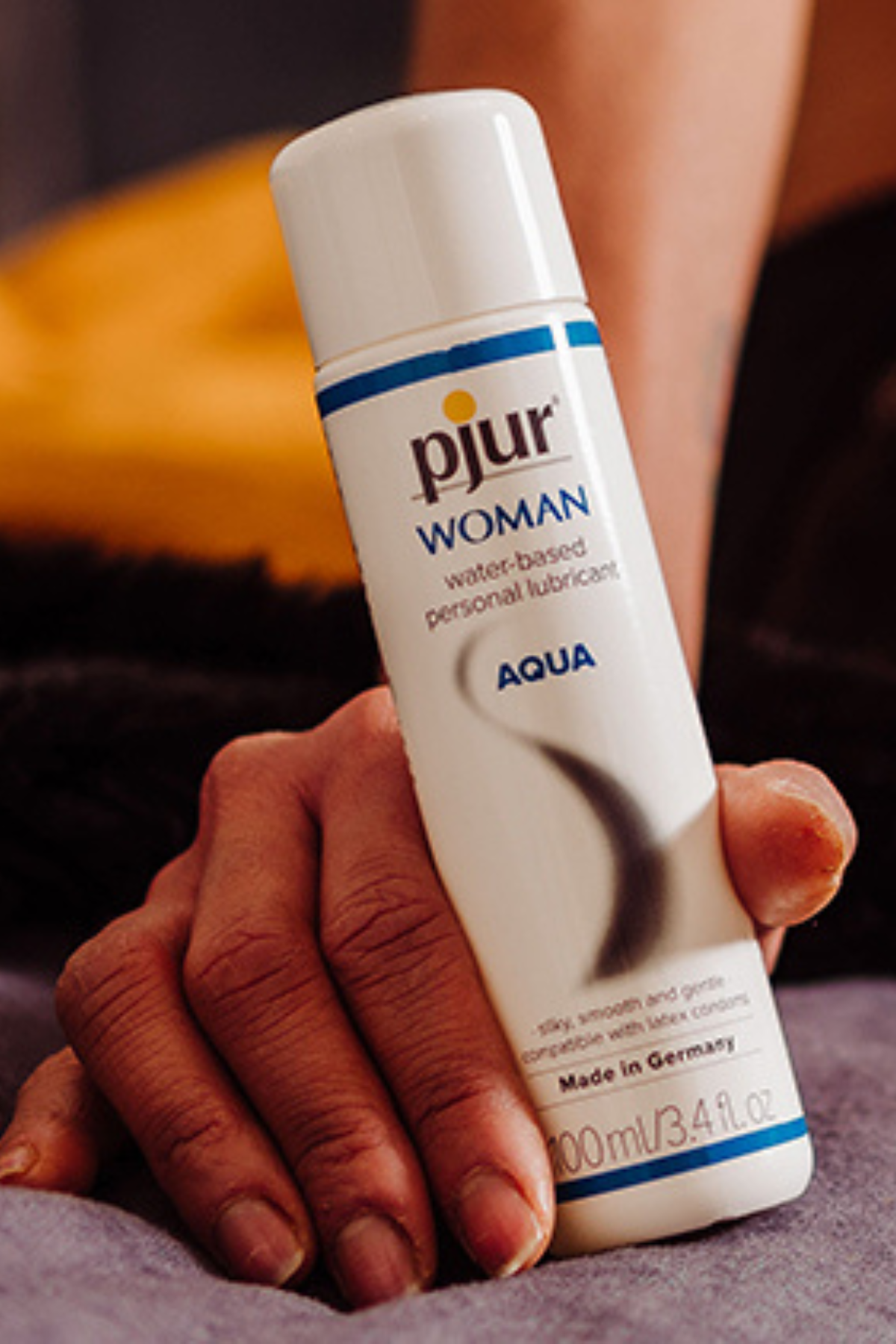
How to do a Patch Test when using a New Lubricant
Some of us have very sensitive skin. Sometimes, even a high-quality soap, cream, lotion or lubricant can irritate our skin or leave us feeling itchy and uncomfortable.
If you have sensitive skin or if your body is reactive to certain ingredients, you may want to do a patch test. It’s a useful and straightforward test that you can do before using a new type/brand of lubricant. It will give you peace of mind, especially if you’re concerned about how a new lubricant might affect you. It’s a useful and effective way to ensure the product won’t cause irritation or an allergic reaction. Here’s how:
1. Choose a Test Area
Select a small, discreet area of your skin to test the lubricant. The inside of your forearm is a good choice because the skin there is sensitive. (Also, reactions will be noticeable but less uncomfortable.)
2. Apply a Small Amount
Apply a small amount of the lubricant to the chosen test area. Use just enough to cover the skin lightly. Leave for a few minutes if possible.
3. Wipe off unnecessary excess
Remove most of the lube, while still leaving enough for it to be present on your skin. Don’t wipe it all off. (Your skin should still have lubricant on it.)
4. Wait and Observe
Leave the lubricant on your skin for 12-24 hours. Avoid washing the test area during this period for best results, ensuring the lubricant has ample time to interact with your skin.
5. Check for Reactions
After 12 - 48 hours, check the test area for any signs of irritation or allergic reaction. Look for redness, itching, swelling, or any other form of discomfort.
6. Evaluate the Results
If the test area shows no signs of irritation or reaction, the lubricant is most likely safe for you to use. If you do notice any adverse reactions, it’s best to avoid using that particular product, and try a different lube.
7. Investigate the Ingredients
If you have an allergic reaction, the most useful thing you can do is inspect the ingredients. Through trial and error, you may learn exactly what ingredient or compound your body is reacting to, which can be very helpful in your future choices of lube, soaps, creams, or lotions.
Additional Tips
- Ingredients Check: Before performing a patch test, read the ingredient list of the lubricant to identify any personally-known irritants or allergens.
- Consult a Dermatologist: If you have a history of severe skin reactions or allergies, consider consulting with a dermatologist before trying new products.
- Start Small: When using the new lubricant for the first time, start with a small amount and monitor how your skin responds during and after use.
If you’re particularly sensitive, then doing a patch test is a simple and straightforward way to ensure a new lubricant is safe for your sensitive skin. It helps to prevent any discomfort, and ensures an irritation-free intimate experience.
If you’re in any doubt, then always perform a patch test when trying out new intimate products. And, as always, we recommend consulting a healthcare provider if you have any particular concerns.
